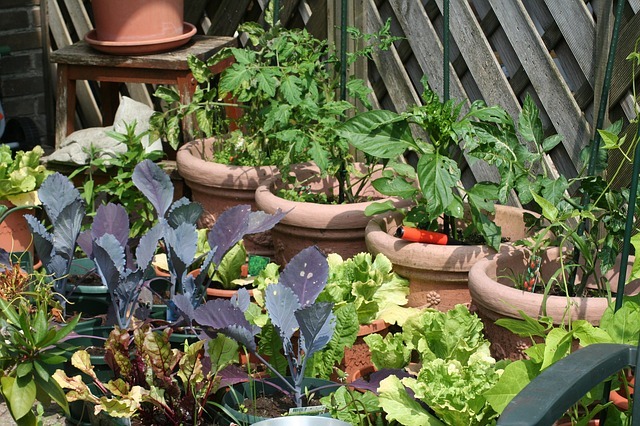Kitchen gardens have been around for much of history. They were grown on large estates in Europe and on plantations in the blossoming United States.
Originally, kitchen gardens were often grown as a way to designate herbs and vegetables that could be used in the home, as opposed to crops that were grown for sale or ornamental gardens grown for their looks. Kitchen gardens are practical and useful.
In past posts, I’ve mentioned a few times that my father-in-law cultivated several varieties of herbs for me so that I would have a kitchen garden. The vision was to create a small, raised bed garden, where I would grow (primarily) herbs and that it would be close to our backdoor so that I could quickly and easily snip a few leaves of any variety of herb to use on a daily basis in cooking. I think we carried out the vision pretty well.
Here’s what we are growing in our kitchen garden:
- Boxwood Basil
- Spearmint
- Thai Basil (This guy may not be a fan of the heat.)
- Sweet Marjoram
- Greek Basil
- Wild Marjoram
- Lemon Thyme
- Sage
- Grapefruit Mint
- Greek Oregano
- Lemon Balm
- Oregano
- English Mint
- Sweet Basil
And, as promised, here’s my recipe for Basil pesto.
Directions:
1. Combine all ingredients except olive oil in a food processor.
2. Pulse until it forms a paste-like consistency, stopping the machine several times to scrape the sides down.
3. With the machine running, gradually add olive oil.
4. Refrigerate 1-2 days or freeze up to one month.
Variations: You can sub pine nuts for the walnuts and the flavor is delicious. I just find pine nuts to be too expensive for the frequency with which I make pesto.
Pesto can also be made with other herbs. I’ve made arugula pesto and loved it!

